Deck & Commander Strategies

Wernog, Rider's Chaplain
Focuses on reanimating creatures from the graveyard, leveraging graveyard recursion and value from discarding or milling key cards to generate board presence and incremental advantage.

Bjorna, Nightfall Alchemist
Utilizes graveyard interactions and card draw to maintain momentum, often synergizing with milling and reanimation themes to control the board and out-resource opponents.

Korvold, Fae-Cursed King
A lands matter and sacrifice deck that generates value by sacrificing permanents (including lands) to draw cards and drain opponents, aiming to win through attrition and incremental advantage.
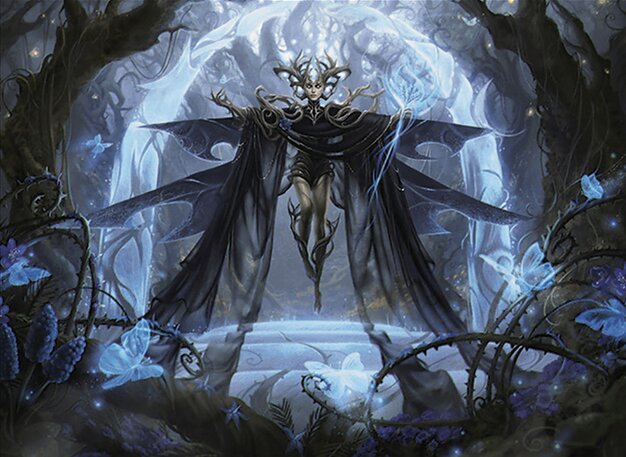
Talion, the Kindly Lord
Leverages life payment and loss triggers to generate card advantage and control the pace of the game, often enabling combos or value engines that capitalize on low life totals.
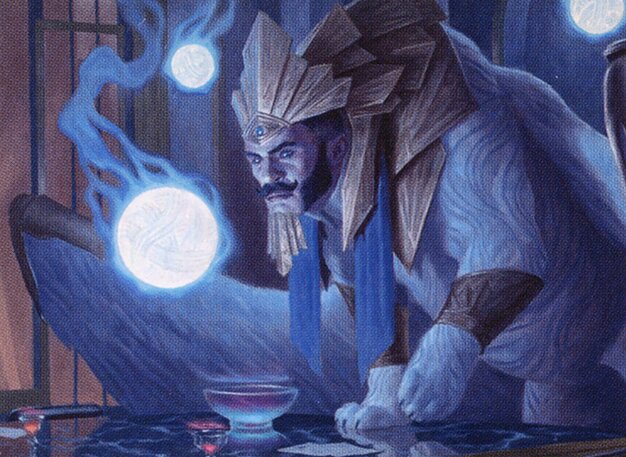
Tivit, Seller of Secrets
Focuses on milling opponents and self to fuel graveyard synergies, generating card advantage and disruption while setting up reanimation or combo opportunities.
Gameplay Insights
- 1
Players carefully managed life totals while using fetch and shock lands, highlighting the importance of balancing resource acquisition with survivability in cEDH.
- 2
The use of Ristic Study early on provided explosive card draw that set up further plays and board development, demonstrating the power of efficient ramp in multiplayer games.
- 3
Korvold's strategy of attacking to mill cards and then recasting lands created a strong synergy loop that pressured opponents while refueling his hand.
- 4
Talion's life loss triggers combined with Vampiric Tutor allowed for powerful tutoring and card advantage generation, a key moment that shifted momentum.
- 5
Players showed restraint in feeding the fish (presumably a reference to a specific card or effect) to avoid giving opponents additional advantage, reflecting deep meta knowledge and threat assessment.
- 6
The interplay of graveyard recursion and sacrifice effects created a dynamic board state where incremental value was gained each turn, emphasizing attrition over direct combo finishing early in the game.
Notable Cards
-
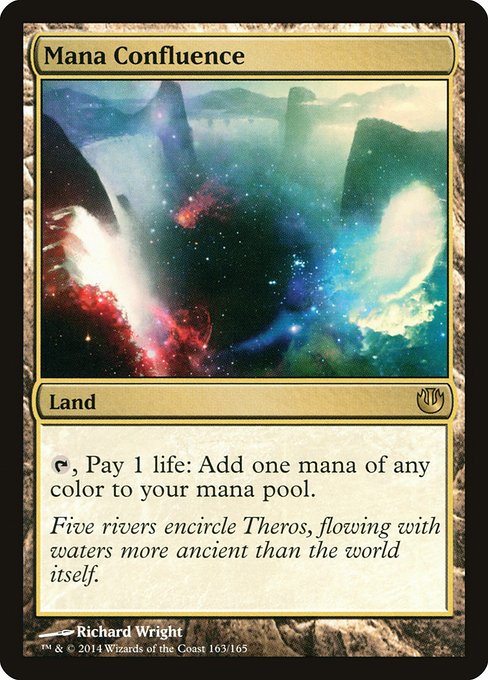
Mana Confluence
-
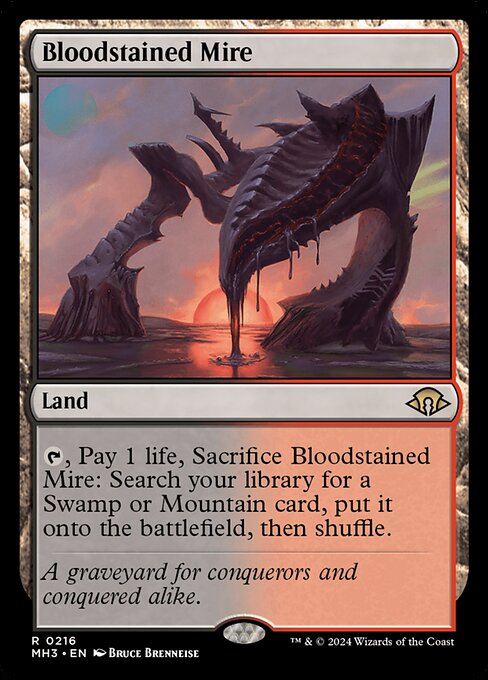
Bloodstained Mire
-
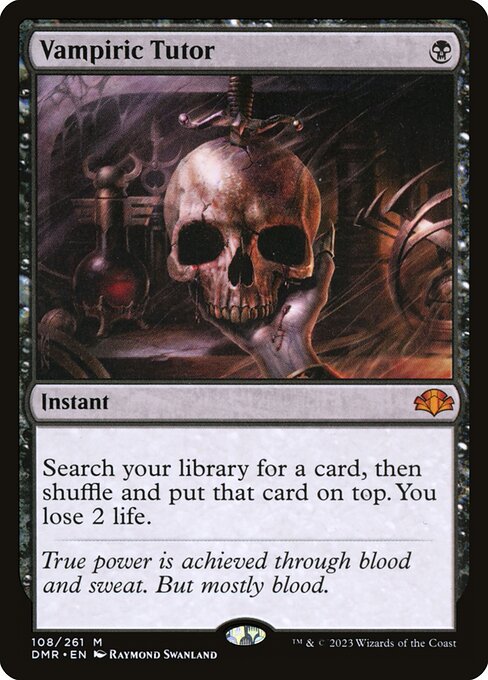
Vampiric Tutor
-

Talion, the Kindly Lord
-

Korvold, Fae-Cursed King
Gameplay Summary
The game opened with a cautious early phase where players developed their mana bases and established initial board presence, notably with cards like Mana Confluence, Bloodstained Mire, and various shock and fetch lands.
Early interactions centered around maintaining card advantage, with one player casting Ristic Study to ramp card draw while others prepared their graveyard strategies.
The player piloting Korvold, Fae-Cursed King focused on a lands matter and sacrifice theme, putting pressure via aggressive attacks and incremental value from land drops and sacrifice triggers.
Meanwhile, the reanimator graveyard deck sought to leverage cards milled into the graveyard, using synergies with land fetches and graveyard recursion to gain advantage. Midgame saw important combat phases where Korvold pushed damage to thin opponents’ life totals while simultaneously milling cards from the library to set up reanimation or land recursion plays.
Players carefully managed life totals against damage from shocks, fetches, and abilities like Talion, the Kindly Lord’s life loss triggers.
The critical turning point involved a well-timed Vampiric Tutor and synergy triggers from Talion and Ristic Study that ramped card advantage and board development.
Despite low life totals, players navigated threats with careful sequencing, with notable plays such as the use of the Magic Carpet and Orcish Bowmaster to control board states.
The game was marked by strategic resource management and interaction, setting the stage for a potential explosive combo or attrition finish, leveraging graveyard and sacrifice synergies alongside incremental card advantage engines.
![That's a Good Game! Featuring @ThatsAGoodCard [cEDH GAMEPLAY] thumbnail](https://i.ytimg.com/vi/gq1GUW31q_0/maxresdefault.jpg)






![Four Talions and a funeral [cEDH Gameplay] MALCOM|VIAL v TIVIT v ATRAXA v TALION thumbnail](https://i.ytimg.com/vi/6lOG1noVpcU/sddefault.jpg)

![Why Are Leonin So Swole? [cEDH Gamplay] KRARKASHIMA v TALION v SISAY v YURIKO thumbnail](https://i.ytimg.com/vi/DIjJVWIC_c4/sddefault.jpg)


![Two Time Top Tournament Talion Takes on the Team [cEDH Gameplay] TALION v SISAY v ATRAXA v CORMELA thumbnail](https://i.ytimg.com/vi/XQx31rp4OTQ/sddefault.jpg)
















![MAMTG [cEDH Gameplay] S4 E17 | Tymna/Malcolm v Korvold v Tivit v Breya | thumbnail](https://i.ytimg.com/vi/tL5Hy5V1nVw/sddefault.jpg)
![Wait, what does Teferi do again? [S3G2] cEDH Gameplay TALION v ROG/THRAS v ATRAXA v KRARK/SAKASHIMA thumbnail](https://i.ytimg.com/vi/AXm1LSoga-M/sddefault.jpg)




